Boston Children's Museum
308 Congress Street, Boston, MA 02210
617-426-6500
© Boston Children’s Museum 2025
Website Design by Jackrabbit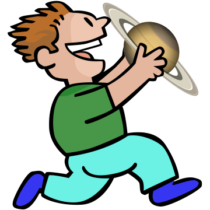
Our solar system is truly enormous. Developing a sense of just how enormous is difficult, however. A good starting point to this understanding is to have children explore the relative distances across our solar system, and this game provides a fun way to do that. This is also a great activity for learning about the major bodies in our solar system, and to practice measuring and estimating.
VIEW ACTIVITY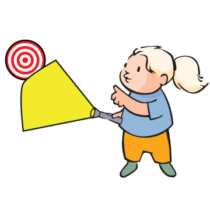
This activity is a good follow-up to the Let Your Light Shine activity from this curriculum, and is a fun game to play. Activities like these help to reinforce a beginning understanding of the behaviors of light, and how those behaviors can be utilized and manipulated with different materials.
VIEW ACTIVITY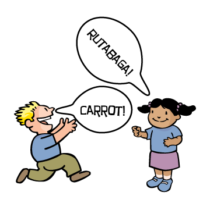
Math is a natural subject to fit into your everyday work with your students. The Mixing in Math curriculum, created by TERC (click here to visit the website), contains lots of great math activities that require little or no materials, and are easy to fit into what you are already doing. This activity, which is adapted from the Mixing in Math curriculum, helps children practice categorizing and data collection.
VIEW ACTIVITY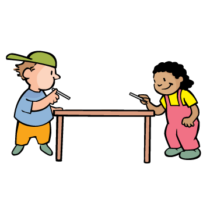
Water has a lot of interesting properties that we typically take for granted. This simple activity gives kids a chance to experiment with water’s properties of surface tension and cohesion. They will also experiment with color mixing and recognizing that once colors mix together, they cannot easily be separated. This is a fun game that you can pull out any time.
VIEW ACTIVITY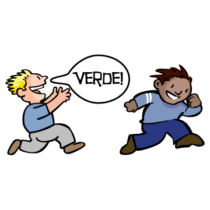
This game has lots of advantages—not only does it give kids a chance to run around and get some exercise, but it also sharpens their observation skills; helps younger children with their colors; and exposes children to another language and culture.
VIEW ACTIVITY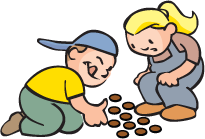
Math is a natural subject to fit into your everyday work with your students. The Mixing in Math curriculum, created by TERC (click here to visit the website), contains lots of great math activities that require little or no materials, and are easy to fit into what you are already doing. This activity, which is adapted from the Mixing in Math curriculum, helps children practice counting forwards and backwards, and practice adding and subtracting. It is also a great logic game for older children.
VIEW ACTIVITY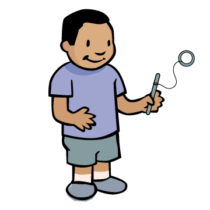
This activity introduces students to a Native American game called “Ring and Pin”. Almost every Native nation across North America has a version of Ring and Pin that children traditionally played, and sometimes still play. Some of the games have different names, and most of them use different materials. But what they have in common is that every Ring and Pin game is played basically the same way, and all of the games are designed to help children develop eye-hand coordination (and have fun!).
VIEW ACTIVITY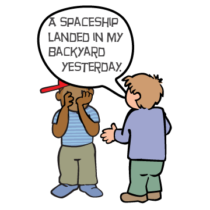
Open-ended creativity is natural for kids—adding teamwork to the mix makes this an activity that you’ll want to do over and over. Story Tag encourages quick thinking, creativity, focus, adaptability and practice of spoken language skills. It also helps children learn how to create clear sentences that help develop a central idea, and how a story develops from beginning to end.
VIEW ACTIVITY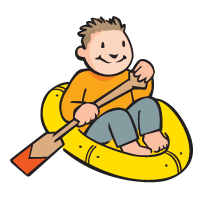
Games like Captain’s Coming and Simon Says are great ways to help children practice listening carefully to instructions. In this game children must learn and understand new vocabulary, they need to cooperate with their peers and they will get lots of great exercise—while they have a whole lot of fun!
VIEW ACTIVITY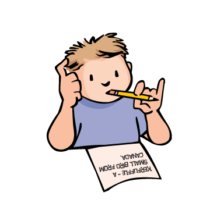
Introducing new words to children is a lot of fun—especially when they get to invent their own definitions. This game gives kids a chance to use language playfully while they develop vocabulary and learn to use a dictionary.
VIEW ACTIVITY